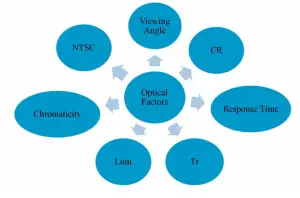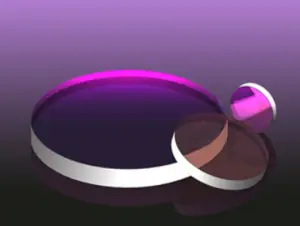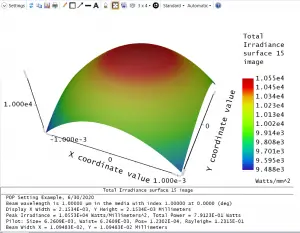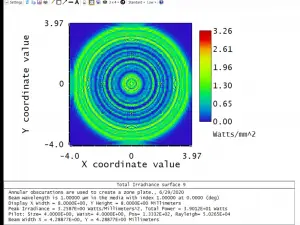
How to Demo Biophotonic Reaction in Viability PCR dyes
In biophotonics, we would like to show how light/power is absorbed, or demo the biophotonic reaction in an PCR tube,
An extensive knowledge and experiences related with optical design, engineering, application notes, videos, technical tools, and other optical engineering resources are available here! Hope it will help you.
If you can’t find the info which you expect, you could go to the Shapeoptics Online Library, or email us: [email protected], we will guide you to find the knowledge and techniques you want.

In biophotonics, we would like to show how light/power is absorbed, or demo the biophotonic reaction in an PCR tube,

How to design an optical system considering the key LCD optical Characteristics /factors? This article will share a bit about

Plano concave mirrors are used for focusing, collecting, and imaging with no chromatic aberration. They are suitable for a variety

Iterference bandpass filter is used to isolate and transmit a specified narrow wavelength and reflect all other incident wavelengths.

Animation in optical illumination system presentation is always attractive and impressive t, how to produce it, this article will share

Poisson spot played an important role in the discovery of the Optical Wave nature of light , here is how

As an laser optics engineer, we always expect to quickly have the laser beam specs in an system without complicated

when we could we use “ray based simulation”, and what is the condition we could use the ray to represent

In many laser propagation applications, it is important to quickly capture the key points of laser beam specs, what is

An understanding of the wavefront is an important in the Laser optics, fiber optics, How to predict and analyze it,

Zone plates are used in photography in place of a lens, soft-focus image,and may be used as imaging lenses, but

Mirrors are probably the most commonly used optical elements, and their performance are key to the success of your experiment.

Phase, Phase radius, Gaussian beam, divergence angle, pilot beam, phase data, Rayleigh range…here we share how to interpret them!

The physical optics model is generally more accurate at predicting the detailed amplitude and phase structure, here we share a

in photolithographic applications, the sources used are not fully coherent, how to analyze the mask in a partial coherent imaging

The observation of interference effects definitively indicates the presence of overlapping waves. Thomas Young experiment is simulated and presented here.

The astronomical telescope is one of the most well noted optical systems requiring stray light analysis.how To Improve The Scattering

In many optics, it is expected there is focusing point or intermediate image, or filter, in between the components, such

Ray tracing is time consuming, sometimes, hours or days, here is a good case where it improves ray-tracing speed with

The choice of backlighting is therefore an important consideration in LCD design and construction, how to select the techniques and